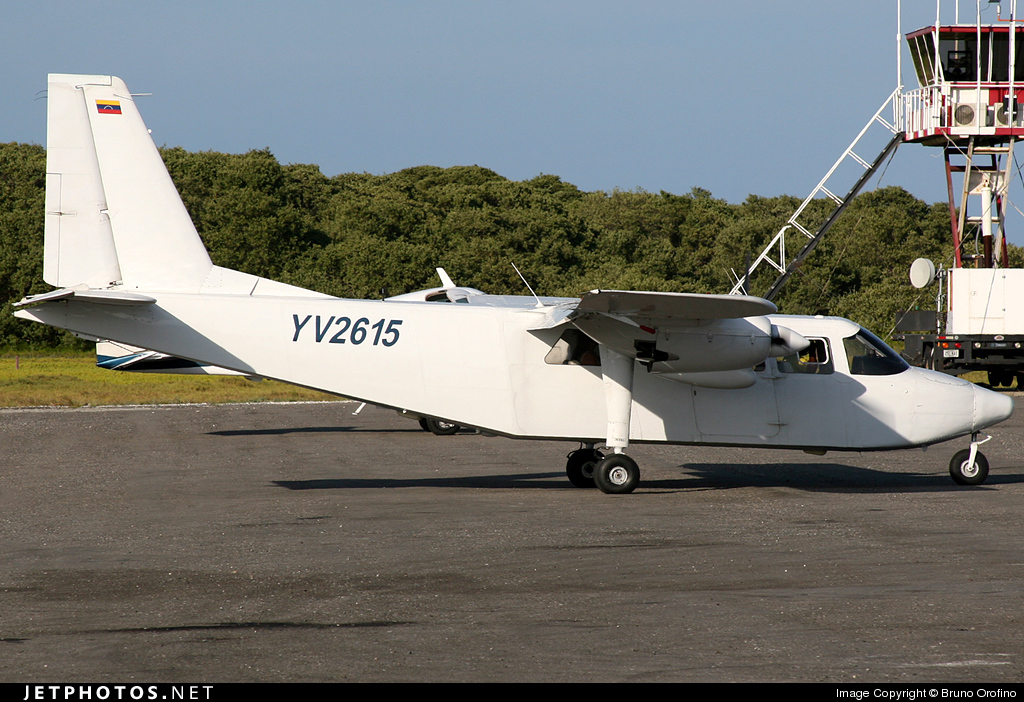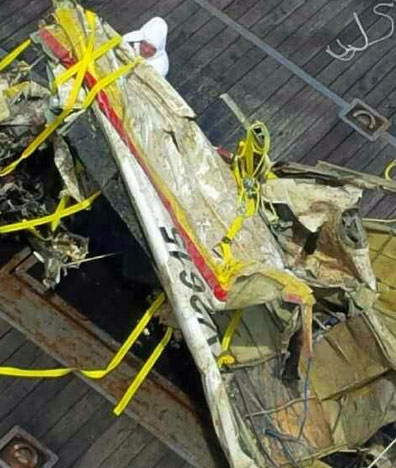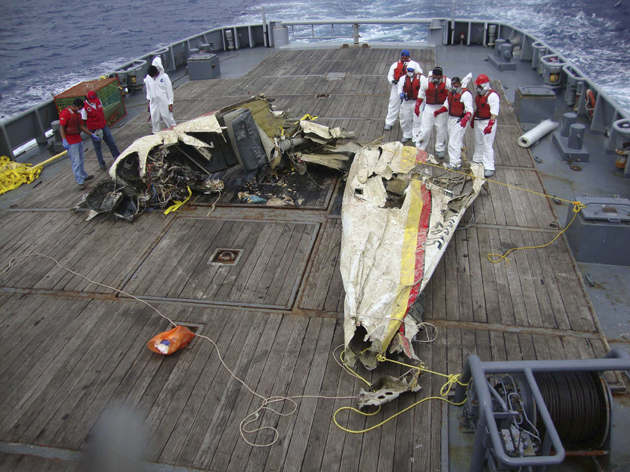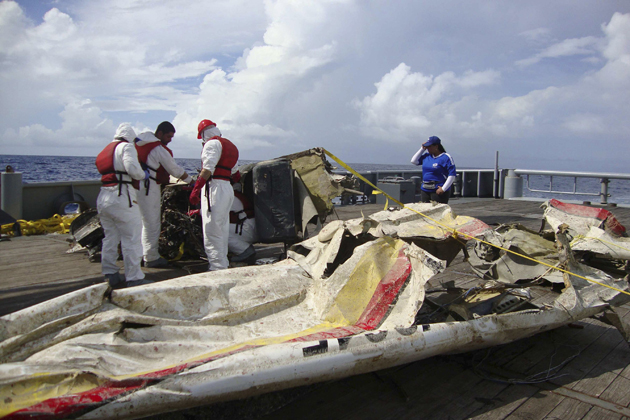Country
Crash of a Britten-Norman BN-2A-27 Islander in Petreasa: 2 killed
Date & Time:
Jan 20, 2014 at 1547 LT
Registration:
YR-BNP
Survivors:
Yes
Schedule:
Bucharest - Oradea
MSN:
822
YOM:
1977
Flight number:
111
Crew on board:
2
Crew fatalities:
Pax on board:
5
Pax fatalities:
Other fatalities:
Total fatalities:
2
Captain / Total hours on type:
42.00
Copilot / Total hours on type:
21
Aircraft flight hours:
3335
Circumstances:
The twin engine aircraft departed Bucharest-Baneasa Airport on an ambulance flight to Oradea, carrying a medical team, one patient and two pilots. Doctors should go to Oradea to obtain transplant organs from a patient who just passed away. While cruising at an altitude of 6,300 feet vertical to the Apuseni Mountain Range, the crew encountered marginal weather conditions with icing conditions but continued when both engines lost power and failed. The crew attempted an emergency landing when the aircraft collided with trees and crashed in a snowy and wooded hillside at an altitude of 1,400 metres. A pilot and a passenger were killed while five other occupants were injured. The aircraft was destroyed.
Probable cause:
Double engine failure in flight due to carburetor icing. The following contributing factors were identified:
- Erroneous assessment of the risk factors specific to the conduct of this flight,
- Lack of crew experience on this type of aircraft,
- Erroneous decision of the captain to continue the flight in meteorological conditions that caused the carburetor icing,
- Erroneous decision of the captain to continue to fly for a long period of time in icing conditions,
- Erroneous decision of the captain to continue the mission under the AMA, under conditions of BMI flight according to IFR flight rules,
- Erroneous decision of the crew to initiate the flight while the total weight of the aircraft was above MTOW and the CofG was outside the prescribed limits.
- Erroneous assessment of the risk factors specific to the conduct of this flight,
- Lack of crew experience on this type of aircraft,
- Erroneous decision of the captain to continue the flight in meteorological conditions that caused the carburetor icing,
- Erroneous decision of the captain to continue to fly for a long period of time in icing conditions,
- Erroneous decision of the captain to continue the mission under the AMA, under conditions of BMI flight according to IFR flight rules,
- Erroneous decision of the crew to initiate the flight while the total weight of the aircraft was above MTOW and the CofG was outside the prescribed limits.
Final Report:
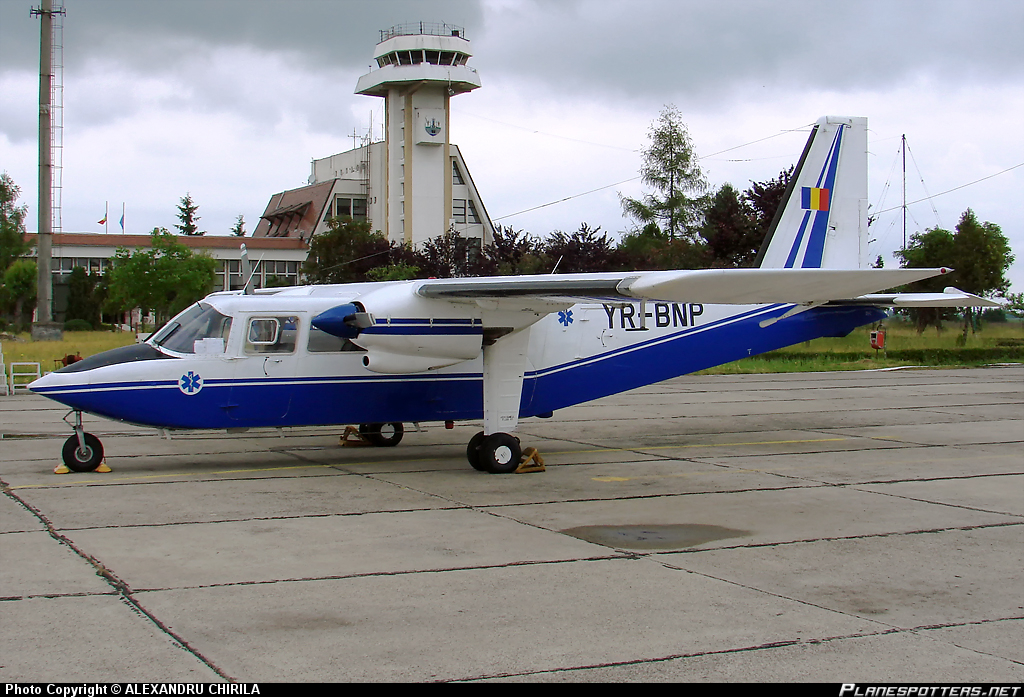
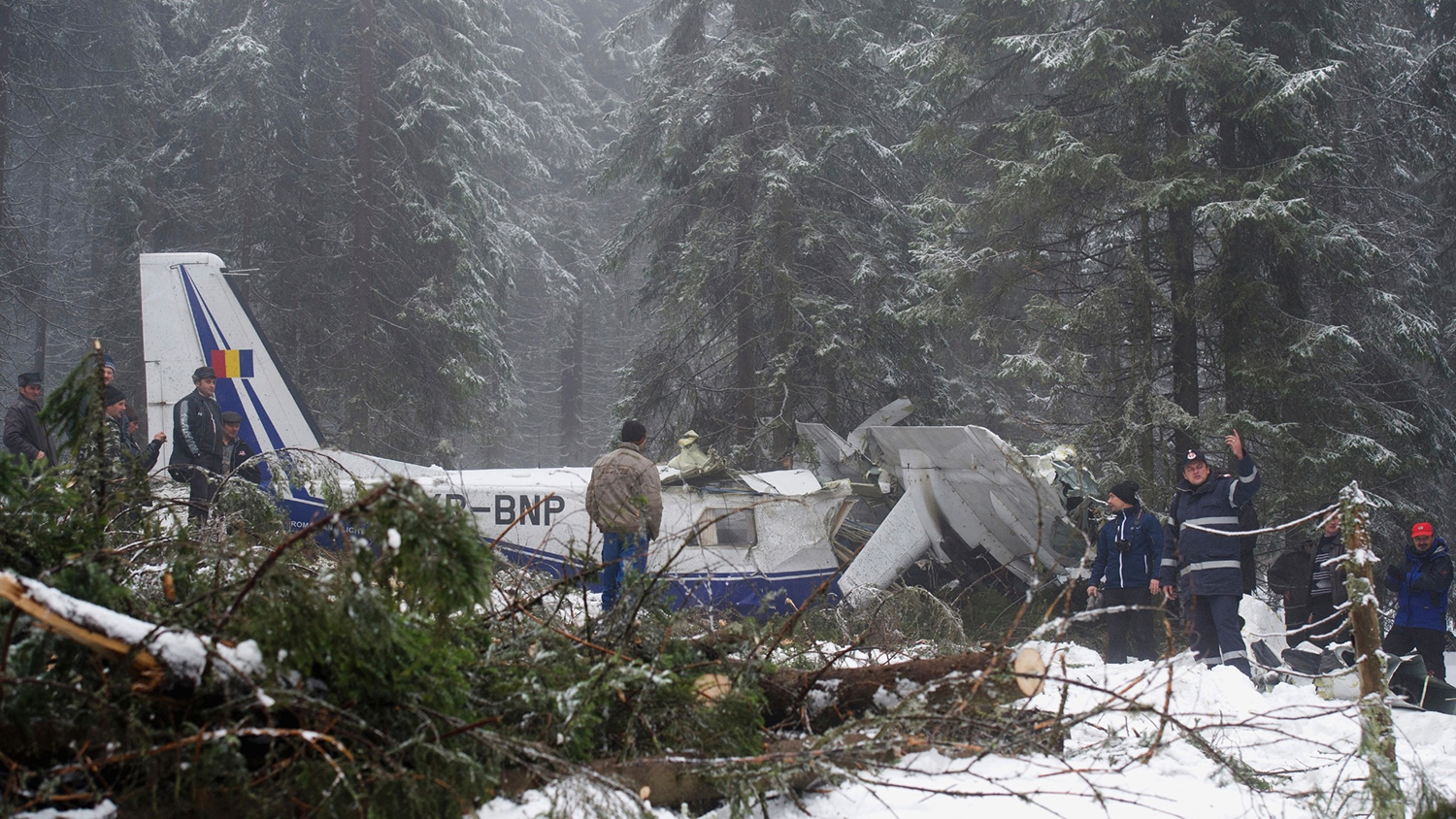
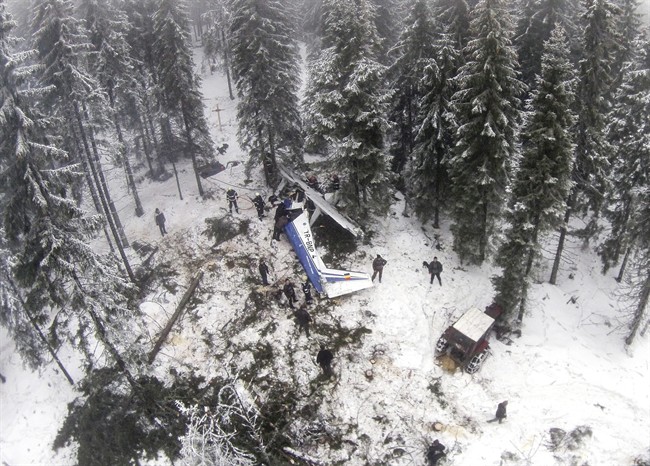

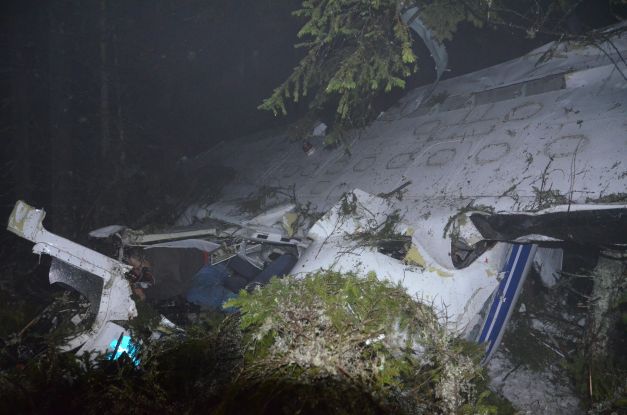
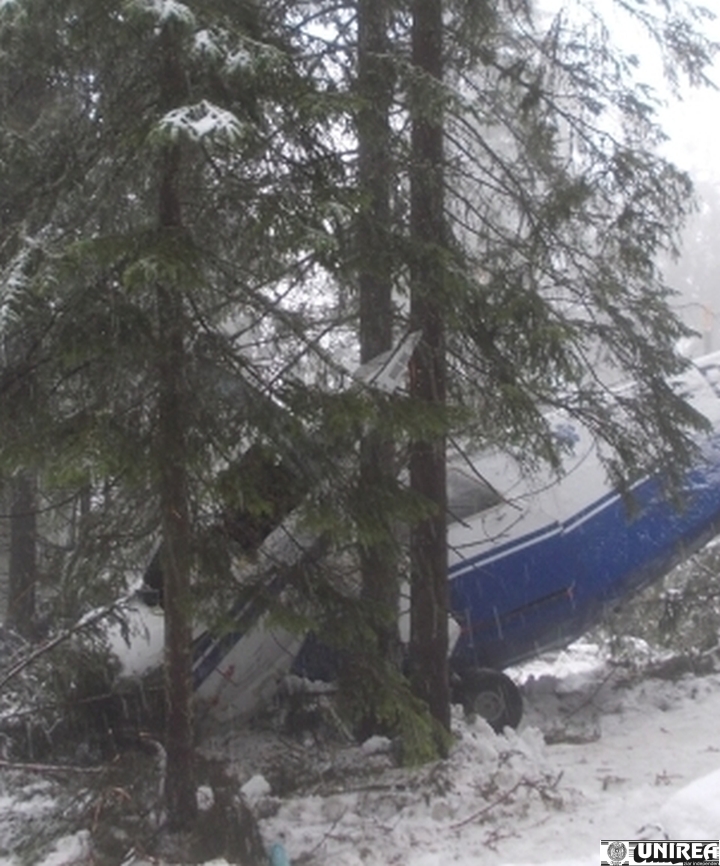
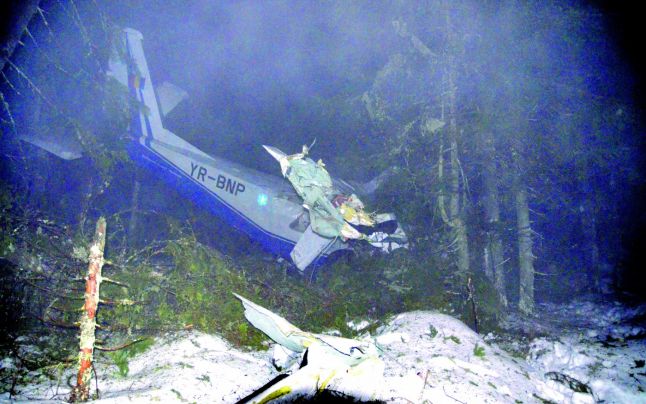
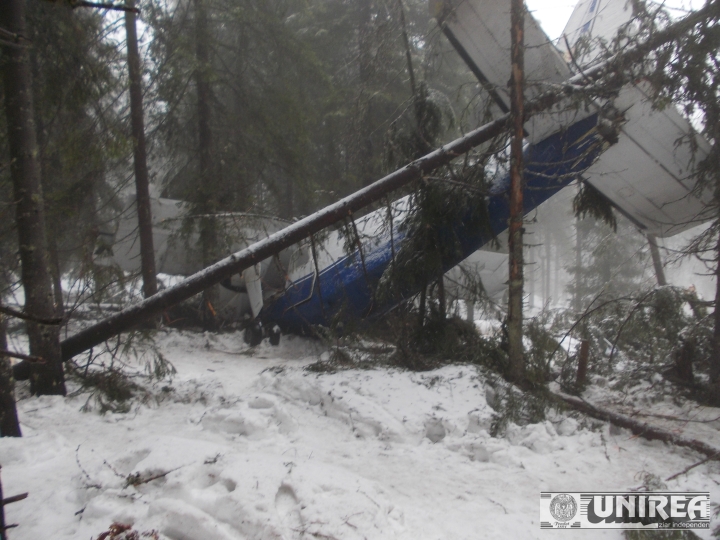
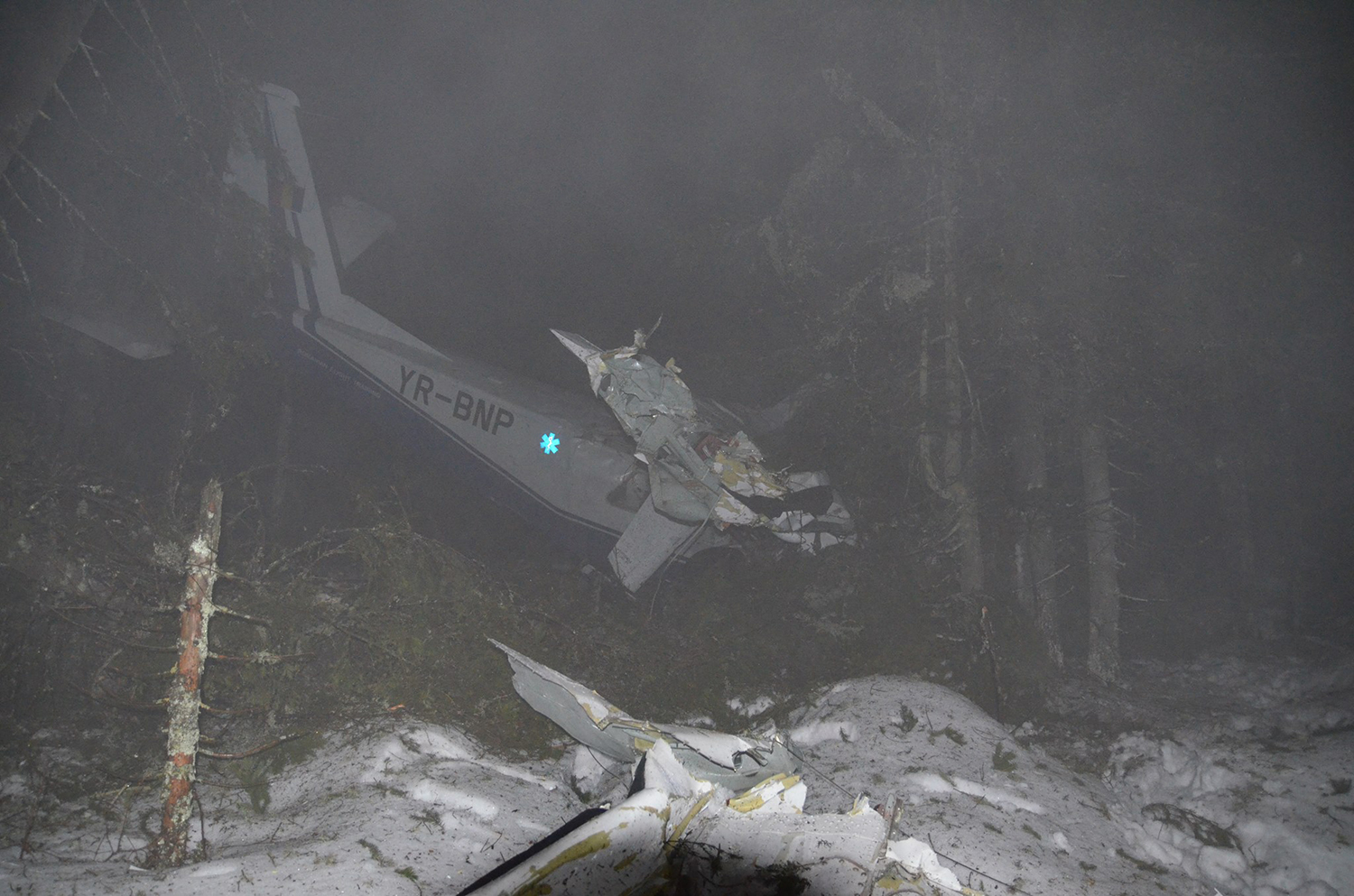
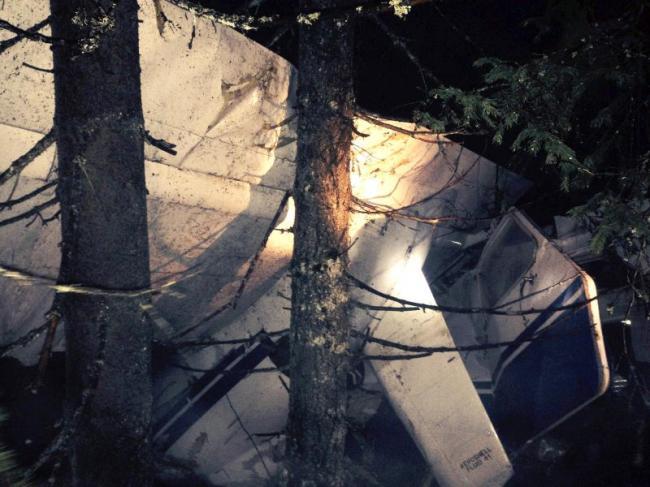
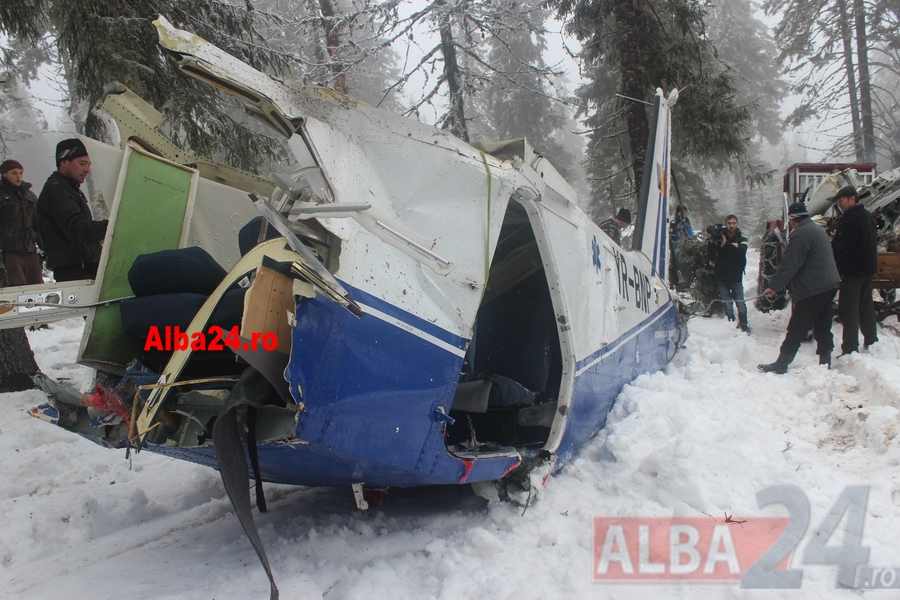
Crash of a Britten Norman BN-2A-3 Islander in Aldeia Pikany: 5 killed
Date & Time:
Dec 4, 2013 at 1130 LT
Registration:
PT-WMY
Survivors:
No
Schedule:
Aldeia Pikany – Novo Progresso
MSN:
314
YOM:
1974
Crew on board:
1
Crew fatalities:
Pax on board:
4
Pax fatalities:
Other fatalities:
Total fatalities:
5
Captain / Total hours on type:
58.00
Circumstances:
Shortly after takeoff from The Pikany Indian Reserve Airfield, while in initial climb, the twin engine aircraft lost height, collided with trees and crashed in a wooded area located on km from the airstrip. The aircraft was destroyed and all five occupants were killed, among them Indian Kayapo who were flying to Novo Progresso to have urgent care.
Probable cause:
The following factors were identified:
- The utilization of an aircraft not included in the Operating Specifications and of a runway neither registered nor approved, with a pilot who did not have the amount of hours necessary nor specific training, disclose a culture based on informal practices, which led to operation below the minimum safety requirements.
- It is possible that the pilot forgot to verify the quantity of fuel in the tanks of the aircraft before takeoff.
- The lack of specific training for the pilot and for the coordinator who, possibly, assumed the function of instructor may have compromised their operational performance during the preparation and conduction of the flight, since they were not effectively prepared for the activity.
- It is possible that the pilot failed to comply with the prescriptions of the legislation relatively to the minimum amount of fuel required for the flight leg. The operation of the aircraft by a pilot with expired qualifications and without the required training goes against the prescriptions at the time, but it was not determined whether this pilot (coordinator) was in the aircraft controls at the moment of the accident. The transport of a cylinder onboard the aircraft also configures flight indiscipline, since it goes against the legislation which prohibits the transport of such material.
- The lack of training of the differences may have contributed to the forgetting to verify the fuel tanks, a procedure that is prescribed in the aircraft manual. Likewise, lack of training may have deprived the pilots from acquiring proficiency for the operation of the aircraft in a single engine condition.
- The fact of conducting a flight to provide assistance in an emergency situation may have contributed to the pilot having forgotten to check safety parameters, such as the amount of fuel necessary.
- The pilot’s intention to earn his operational promotion may have stimulated him excessively, to the point of disregarding the minimum safety requirements for the operation. In addition, the emergency nature of the flight request possibly added to the motivation of the pilot and the coordinator.
- It is possible that, due to having little total experience either both of flight and in the aircraft, the pilot lost control of the aircraft when faced with the situation of in-flight engine failure after the takeoff.
- It is possible that the pilot and the coordinator prioritized the emergency requirement of the situation, failing to evaluate other aspects relevant for the safety of the flight, such as planning, for example.
- The lack of control on the part of the company’s management in relation to the flights operating outside of the main base allowed the pilot and the base manager to conduct a flight without the operating sector authorization. The lack of supervision of the air transport service provision by the contracting organizations allowed the company to provide services without the minimum conditions required by the legislation. Such conditions exposed the passengers to the risks of an irregular operation.
- The utilization of an aircraft not included in the Operating Specifications and of a runway neither registered nor approved, with a pilot who did not have the amount of hours necessary nor specific training, disclose a culture based on informal practices, which led to operation below the minimum safety requirements.
- It is possible that the pilot forgot to verify the quantity of fuel in the tanks of the aircraft before takeoff.
- The lack of specific training for the pilot and for the coordinator who, possibly, assumed the function of instructor may have compromised their operational performance during the preparation and conduction of the flight, since they were not effectively prepared for the activity.
- It is possible that the pilot failed to comply with the prescriptions of the legislation relatively to the minimum amount of fuel required for the flight leg. The operation of the aircraft by a pilot with expired qualifications and without the required training goes against the prescriptions at the time, but it was not determined whether this pilot (coordinator) was in the aircraft controls at the moment of the accident. The transport of a cylinder onboard the aircraft also configures flight indiscipline, since it goes against the legislation which prohibits the transport of such material.
- The lack of training of the differences may have contributed to the forgetting to verify the fuel tanks, a procedure that is prescribed in the aircraft manual. Likewise, lack of training may have deprived the pilots from acquiring proficiency for the operation of the aircraft in a single engine condition.
- The fact of conducting a flight to provide assistance in an emergency situation may have contributed to the pilot having forgotten to check safety parameters, such as the amount of fuel necessary.
- The pilot’s intention to earn his operational promotion may have stimulated him excessively, to the point of disregarding the minimum safety requirements for the operation. In addition, the emergency nature of the flight request possibly added to the motivation of the pilot and the coordinator.
- It is possible that, due to having little total experience either both of flight and in the aircraft, the pilot lost control of the aircraft when faced with the situation of in-flight engine failure after the takeoff.
- It is possible that the pilot and the coordinator prioritized the emergency requirement of the situation, failing to evaluate other aspects relevant for the safety of the flight, such as planning, for example.
- The lack of control on the part of the company’s management in relation to the flights operating outside of the main base allowed the pilot and the base manager to conduct a flight without the operating sector authorization. The lack of supervision of the air transport service provision by the contracting organizations allowed the company to provide services without the minimum conditions required by the legislation. Such conditions exposed the passengers to the risks of an irregular operation.
Final Report:
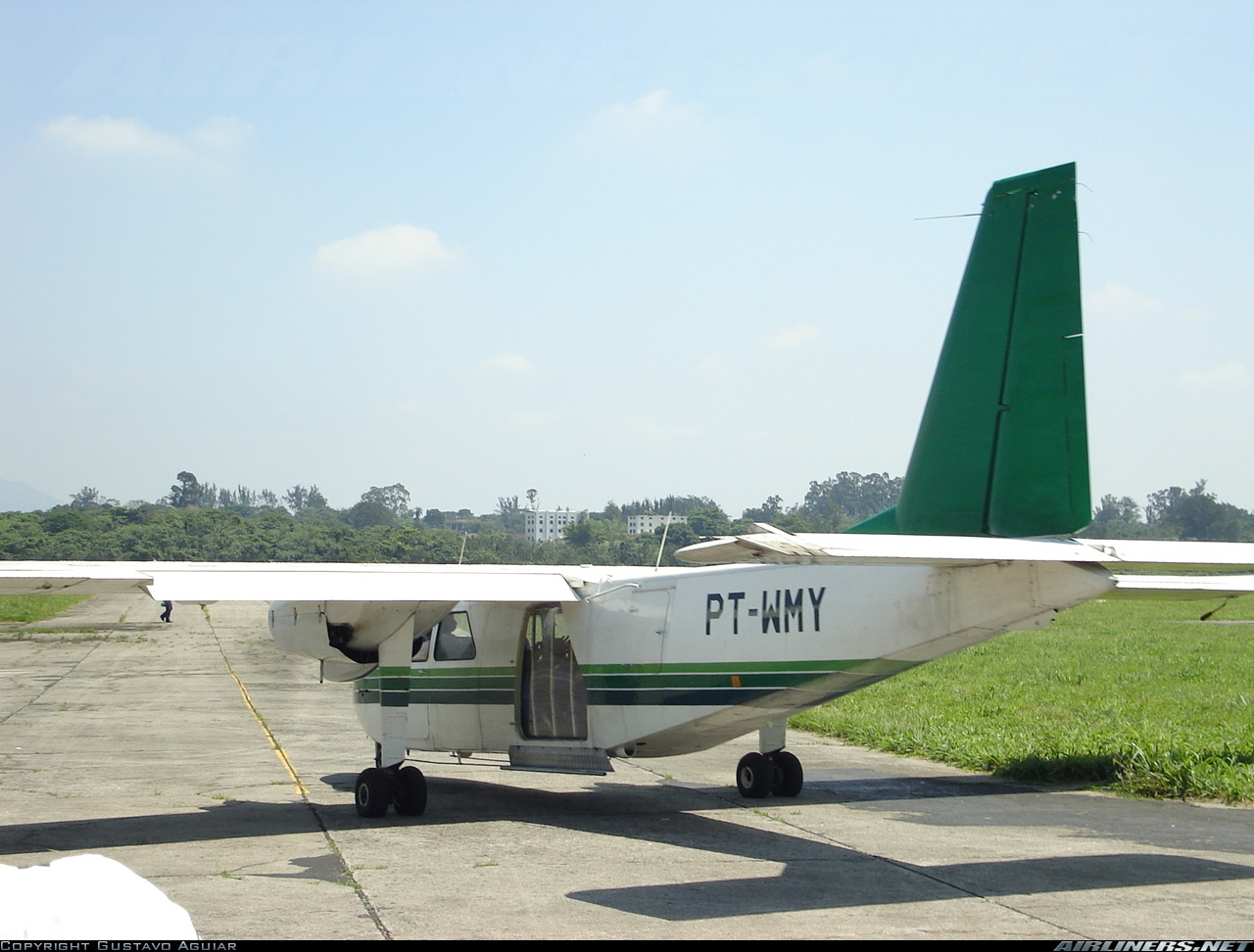

Crash of a Britten Norman BN-2B-21 Islander in Devil's Hole
Date & Time:
Nov 3, 2013 at 1020 LT
Registration:
G-CIAS
Survivors:
Yes
Schedule:
Guernsey - Guernsey
MSN:
2162
YOM:
1982
Crew on board:
1
Crew fatalities:
Pax on board:
4
Pax fatalities:
Other fatalities:
Total fatalities:
0
Captain / Total hours on type:
60.00
Circumstances:
At approximately 1830 hrs on 3 November 2013 the operator’s duty pilot received a request that the aircraft should be dispatched to carry out a search. The volunteer crew-members were alerted and made their way to the airport. Weather conditions in the Channel Islands were poor, with a southerly wind gusting up to 41 kt, turbulence, rain, cloud below 1,000 ft aal, and visibility of 3 to 6 km. On arrival at the aircraft’s hangar, the crew was established, consisting of a pilot, search director, and three observers. They donned immersion suits and life jackets and prepared for flight. The search director obtained details of the search request, which was to search for two fishermen near Les Écréhous (a group of rocks in the English Channel approximately 5 nm north-east of the north-eastern corner of Jersey). Some evidence suggested the men were in a small dinghy; other information was that they were in the water. The men were reported to be alive and communicating by mobile telephone. One crew-member carried out pre-flight preparations, although he did not check the fuel quantities or carry out a water drain check. When interviewed, he recalled having reported to the pilot that he had not checked the fuel. The aircraft was then pulled out of its hangar and the search director explained the details of the search request to the pilot and other crew-members. Bearing in mind the weather, the fact that it was dark, and the fishermen’s predicament, the pilot recognized the need for “a lot of urgency” about the task. In the context of the operation, he regarded the task as being routine, but the weather not so. The pilot “walked round” the aircraft, though he did not carry out a formal pre-flight inspection; it was the organization’s custom to ensure that the aircraft was ready for flight at all times. The technical log showed that the aircraft was serviceable, with no deferred defects, and that the wing tanks contained 55 USG each side and the tip tanks, 18 USG each side. The search director recalled asking the pilot whether he was content to fly in the prevailing conditions, and that the pilot stated that he was willing to fly. The crew boarded the aircraft. The observer in the front right-hand seat had recently obtained a Private Pilot’s Licence and this influenced the decision for him to be placed next to the pilot. The pilot reported that he carried out a “fairly rapid” start, although the normal pre-departure sequence was interrupted while a problem with switch selections, affecting the functioning of the search equipment in the aircraft’s cabin, was resolved. The pilot obtained clearance from ATC to taxi, enter the runway, and take off when ready. He described that he carried out engine power checks during a brief back-track, checking the magnetos and propeller controls at 2,100 rpm, before carrying out pre-takeoff checks. He did not refer to the written checklists provided in the aircraft but executed a generic set of checks from memory. Following an unremarkable takeoff, in the strong crosswind , the pilot corrected for drift and established a climb towards a cruising altitude of 900 ft. When interviewed, he described the conditions as being “awful” and “ghastly”, with turbulence from the cliffs contributing to occasional activation of the stall warner, even though the speed was “probably 100 plus knots” . At 900 ft, the aircraft was “in the bottom” of the cloud, which was unhelpful for the observers, so the pilot descended the aircraft to cruise at 500 or 600 ft, flying by reference to the artificial horizon, and making constant control inputs to maintain straight and level flight. He stated that, although he would normally have begun checking fuel flow, mixture settings, etc, shortly after establishing in the cruise, he found that the conditions required him to devote his full attention to flying the aircraft. As the aircraft passed north abeam the western end of Jersey, the rain and low cloud continued and the turbulence worsened, The pilot gained sight of red obstacle lights on a television mast on the north side of the island but had few other visual references. The pilot noticed a change in an engine note. He immediately “reached down to put the hot air on” which made little difference; the observer recalled that the pilot checked that the mixtures were fully rich at this time. The right-hand engine rpm then began surging. The pilot made a quick check of the engine instruments, before applying full throttle on both engines, setting both propellers to maximum rpm and beginning a climb. The observer noticed that the fuel pressure gauge for the right-hand engine was “going up and down” but did not mention this to the pilot; the pilot did not see the gauge indication fluctuating. Around this time the pilot switched the electric fuel pumps on. The pilot turned the aircraft towards Jersey and made a MAYDAY call to ATC; the search director made a similar call on the appropriate maritime frequency. These calls were acknowledged, and a life boat, on its way to Les Écréhous, altered course towards the aircraft’s position. Although the pilot was “amazed” at how few lights he could see on the ground, he perceived what he thought was the runway at Jersey Airport, and flew towards it. The aircraft reached approximately 1,100 ft amsl. The right-hand engine then stopped. The pilot carried out the shut-down checks, feathering the propeller as he did so. The aircraft carried on tracking towards Jersey Airport, descending towards the north side of the island. Some moments later, the left-hand engine’s rpm began to fluctuate briefly before it also stopped. The pilot later recalled being “fairly certain” that he “was trying to change tanks” but acknowledged that he could not recall events with certainty. He trimmed the aircraft for a glide, still heading towards the airport at Jersey, but with very limited visual references outside the cockpit. The crew-members prepared the cabin for a ditching or off-airport landing; the observers in the rear-most seats considered how they might deploy the aircraft’s life raft (stored behind their seats) should a ditching occur. The pilot’s next recollection was that the automated decision height voice call-out activated (he had selected it to announce at 200 ft radio height). He switched the landing lights on and maintained a “reasonable speed” in anticipation of landing or ditching. One crew-member recalled the pilot calling “brace, brace, brace”, while another recalled being instructed to tighten seat belts and brace. No brace position had been set out in the operations manual, or rehearsed in training, and the responses of the crew-members to this instruction varied. The pilot glimpsed something green in front of the aircraft, and flared for landing. The aircraft touched down and decelerated, sliding downhill and passing through a hedge. With the aircraft now sliding somewhat sideways, it came to a halt when its nose lodged against a tree, with significant airframe damage. The pilot made various cockpit selections safe and all the occupants vacated the aircraft, with some difficulty. The search director became entangled in his headset lead as he egressed but freed himself. The front seat occupants experienced difficulty because their door could not be opened. They climbed over the search director’s desk and vacated the aircraft via the door adjacent to the search director’s position (the rear-row observers simultaneously opened the pilot’s door from the outside). The pilot and crew made their way to nearby habitation where they were subsequently assessed by an ambulance crew; none were injured. The search director returned to the aircraft with fire-fighters, to ensure that pyrotechnics and the self-inflating life raft on board the aircraft did not pose a hazard. In his very frank account of the flight, the pilot acknowledged that a decision to turn back soon after departure would have been justified by the weather conditions. He added that before the engine power changed, his workload was already very high, on account of the task and conditions.
Probable cause:
The inspection of the aircraft at the accident site, combined with the crew accounts gathered early in the AAIB accident investigation, indicated that no mechanical or electrical defect had been a factor in the accident. The evidence indicated that the fuel supply to the right-hand engine, and then the left-hand engine, had become exhausted in flight and the engines ceased producing power approximately 15 minutes after the aircraft became airborne. The fuel selector was found in the 'tip tank' position. It appears that the tip tanks had been selected on a flight the previous day and the selection had not been changed. At the commencement of the accident flight, each tip tank contained approximately 5-6 USG.
Final Report:
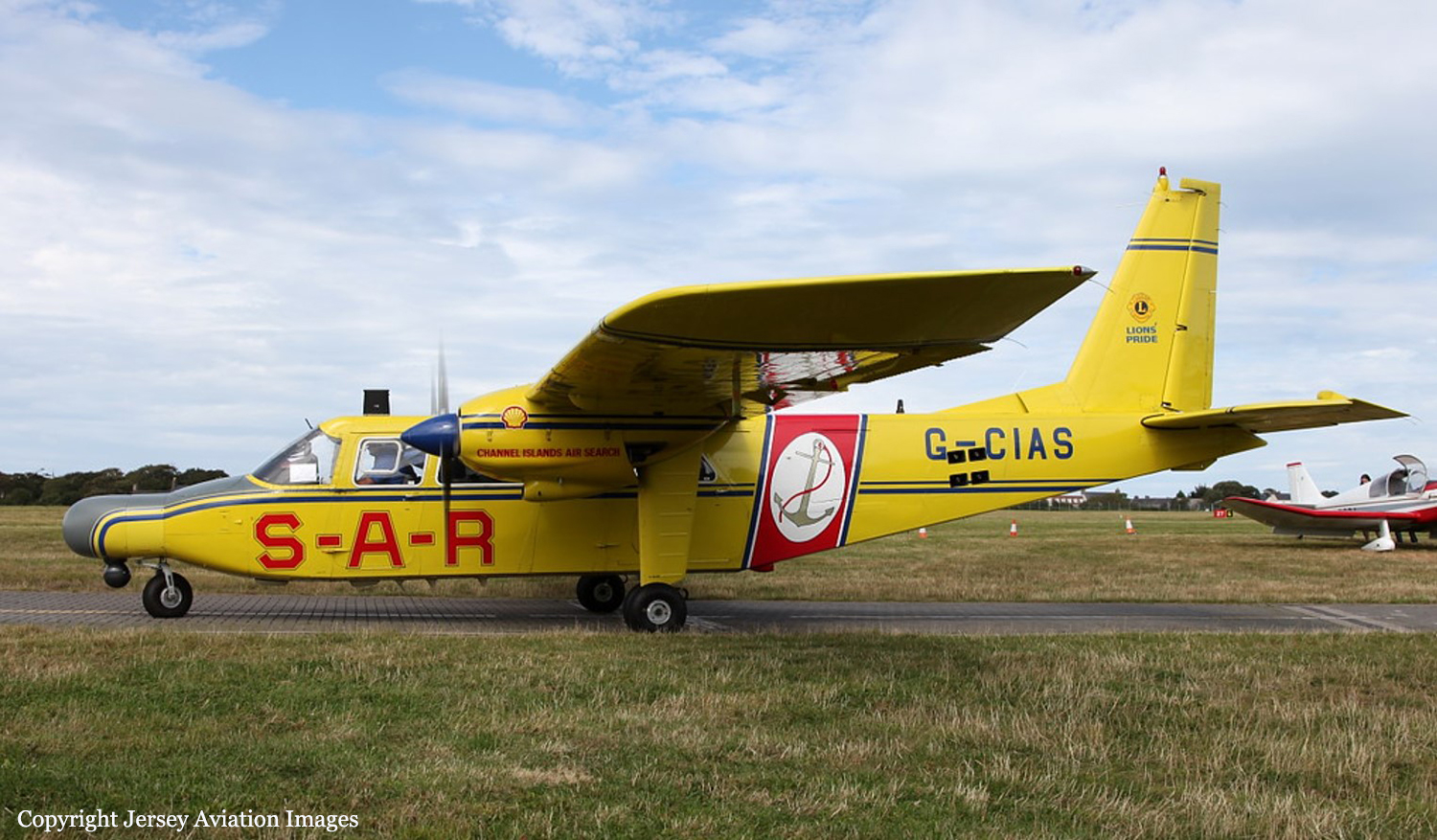
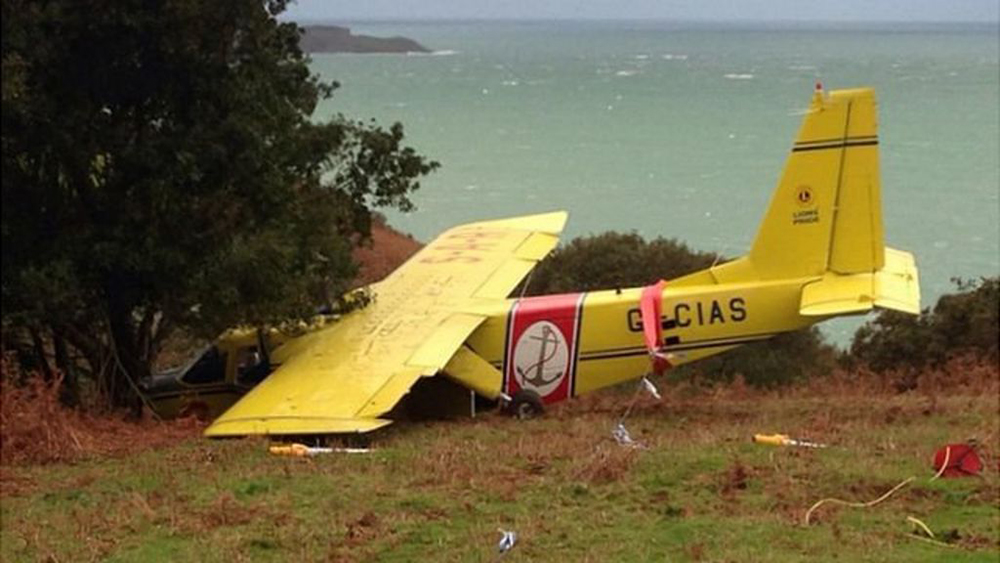
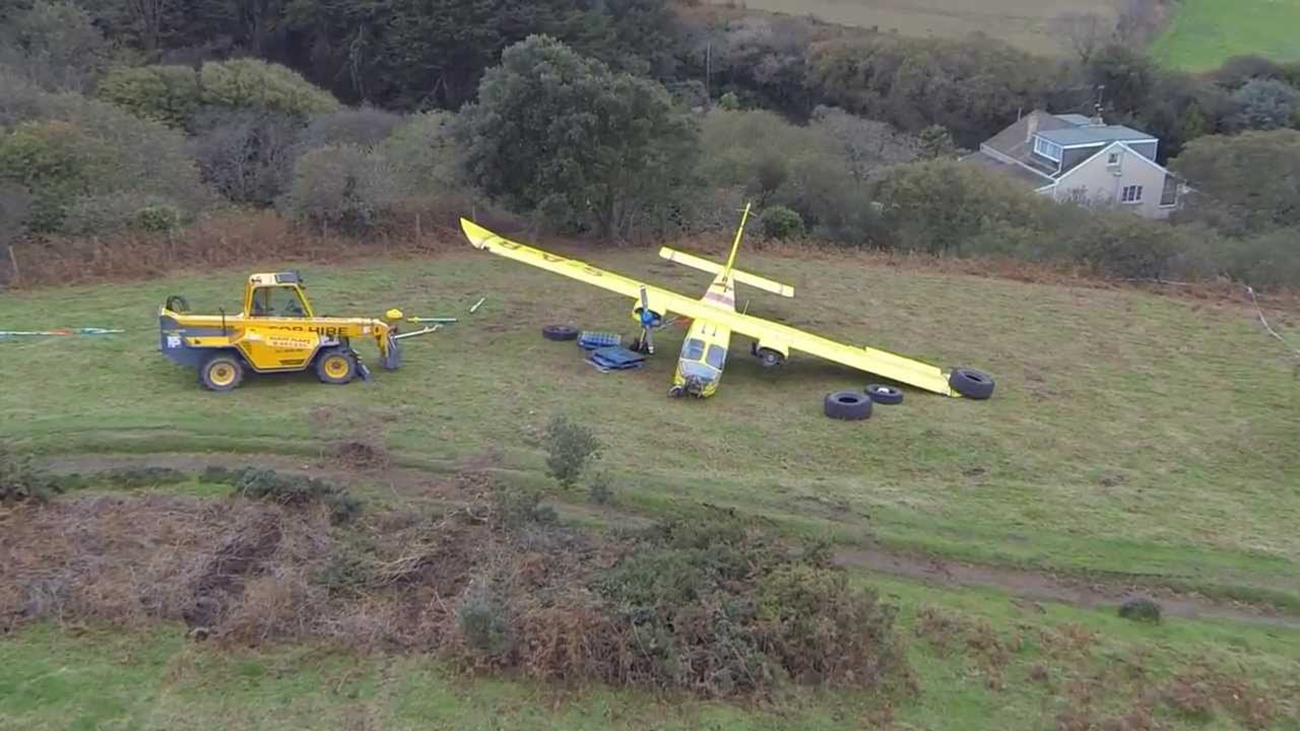
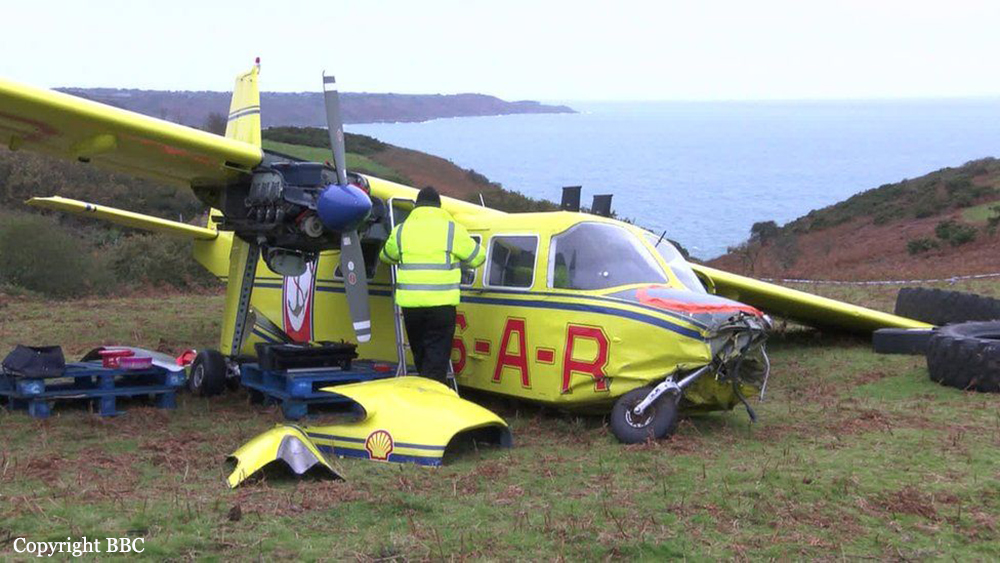
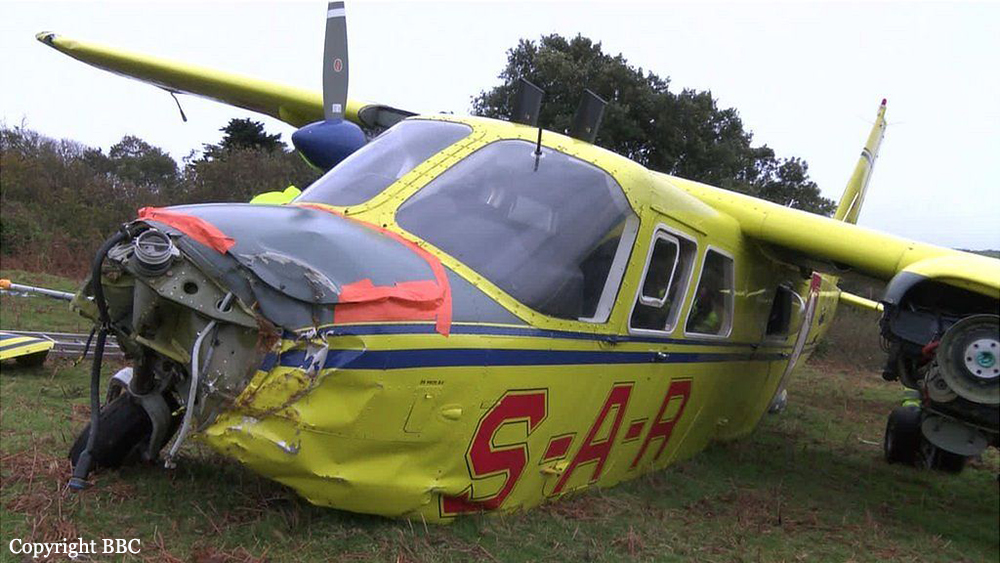
Crash of a Britten BN-2A-8 Norman Islander off Culebra: 1 killed
Date & Time:
Oct 6, 2013 at 0603 LT
Registration:
N909GD
Survivors:
No
Schedule:
Vieques - Culebra
MSN:
239
YOM:
1971
Crew on board:
1
Crew fatalities:
Pax on board:
0
Pax fatalities:
Other fatalities:
Total fatalities:
1
Captain / Total hours on type:
1100.00
Aircraft flight hours:
22575
Circumstances:
The commercial, instrument-rated pilot of the multiengine airplane was conducting a newspaper delivery flight in night visual meteorological conditions. After two uneventful legs, the pilot departed on the third leg without incident. Radar data indicated that, after takeoff, the airplane flew over open water at an altitude of about 100 to 200 ft toward the destination airport and then climbed to 2,400 ft. Shortly thereafter, the pilot performed a 360-degree left turn, followed by a 360-degree right turn while the airplane maintained an altitude of about 2,400 ft, before continuing toward the destination airport. Less than 2 minutes later, the airplane began a rapid descending left turn and then collided with water. The wreckage was subsequently located on the sea floor near the airplane's last radar target. Both wings, the cabin, cockpit, and nose section were destroyed by impact forces. The wreckage was not recovered, which precluded its examination for preimpact malfunctions. The airplane had been operated for about 25 hours since its most recent inspection, which was performed about 3 weeks before the accident. The pilot had accumulated about 1,650 hours of total flight experience, which included about 1,100 hours in the accident airplane make and model. Although the pilot conducted most of his flights during the day, he regularly operated flights in night conditions. The pilot's autopsy did not identify any findings of natural disease significant enough to have contributed to the accident. In addition, although toxicological testing detected ethanol in the pilot's cavity blood, it likely resulted from postmortem production.
Probable cause:
The pilot's failure to maintain airplane control for reasons that could not be determined because the wreckage was not recovered.
Final Report:
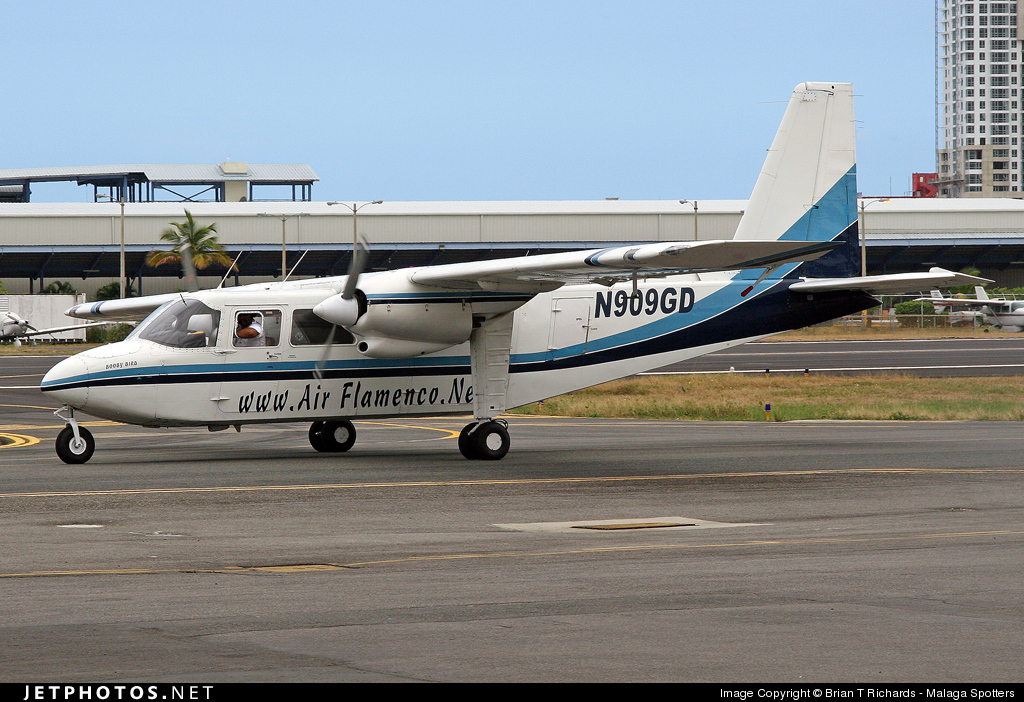
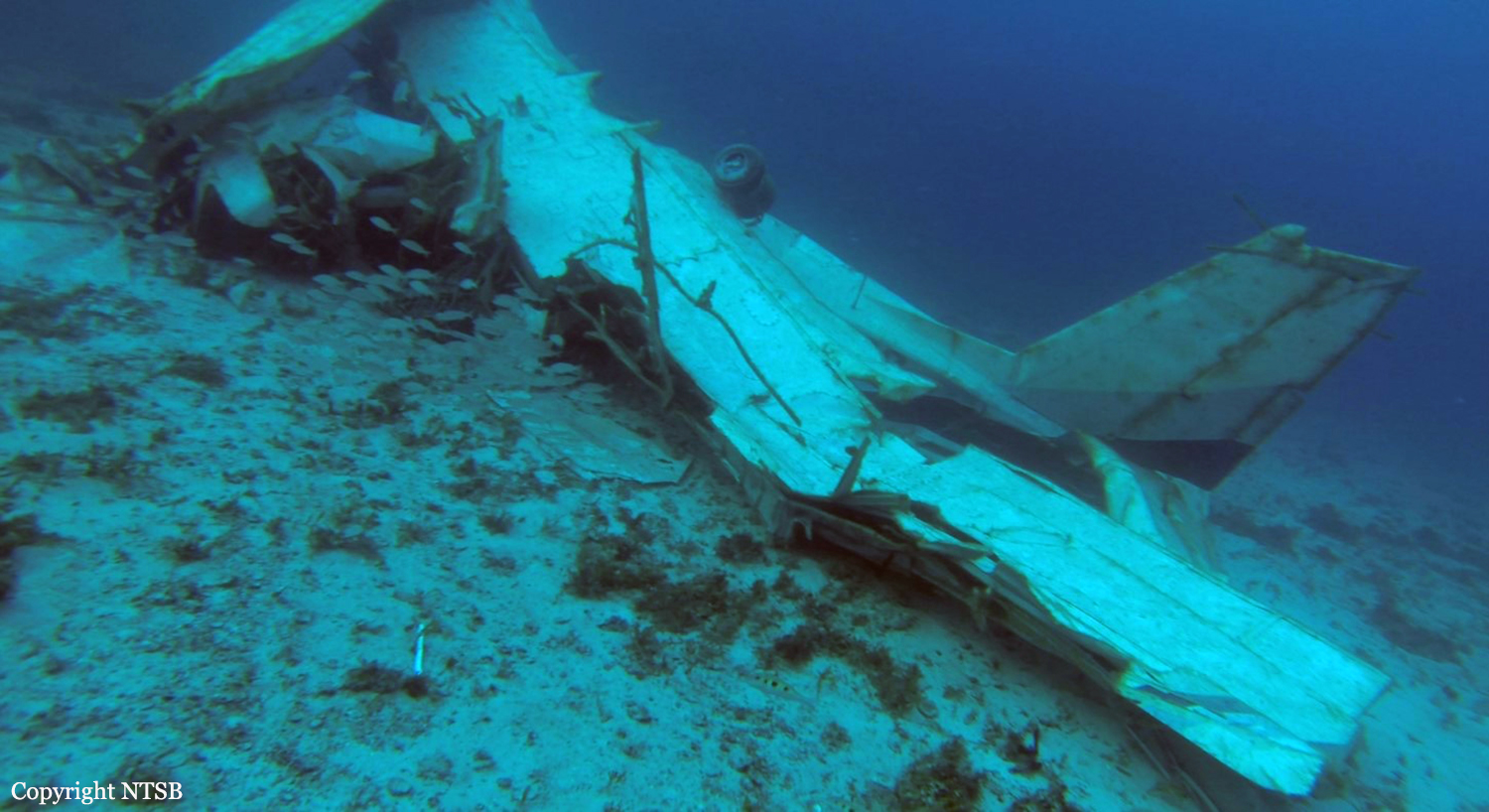
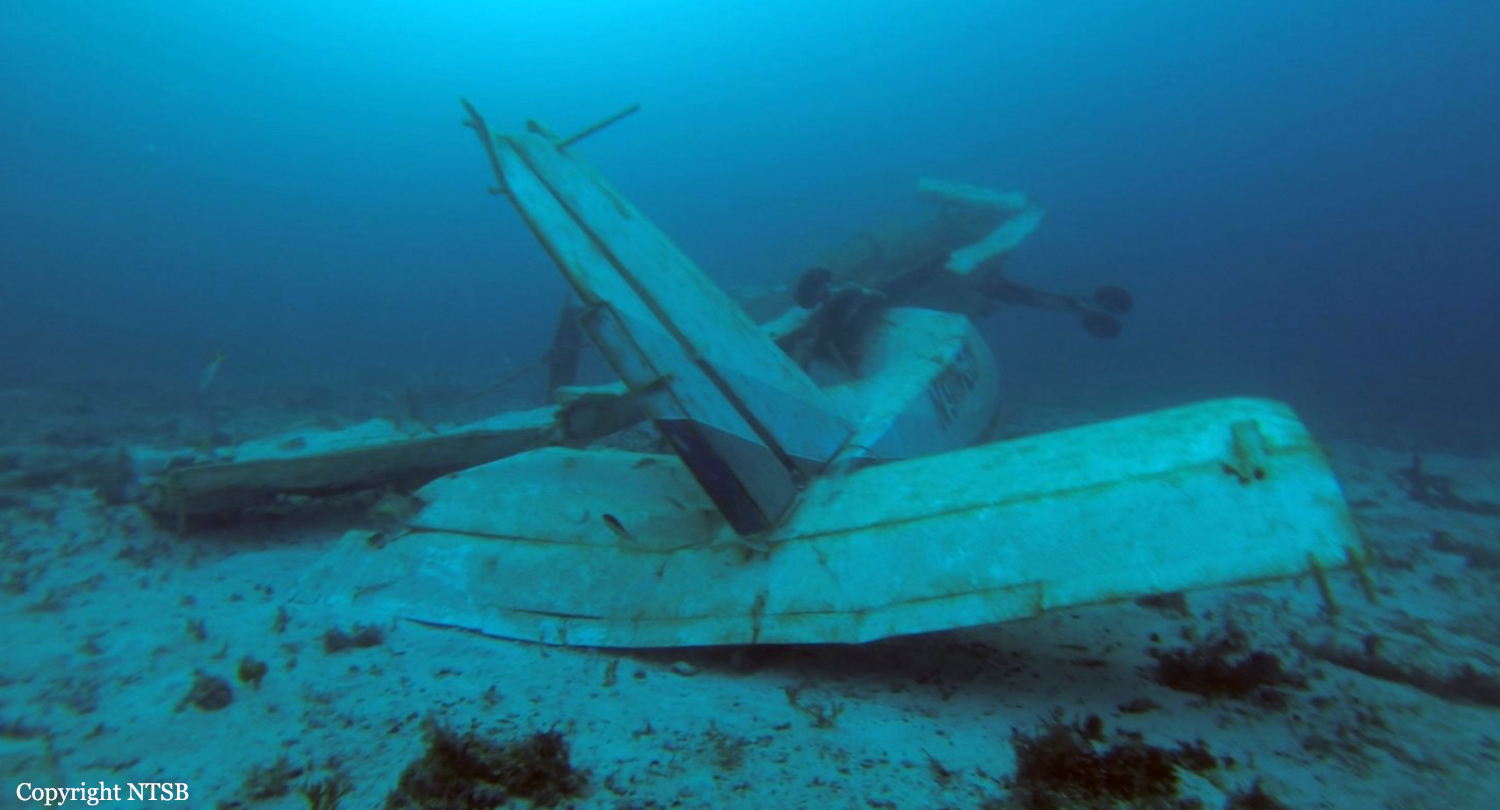
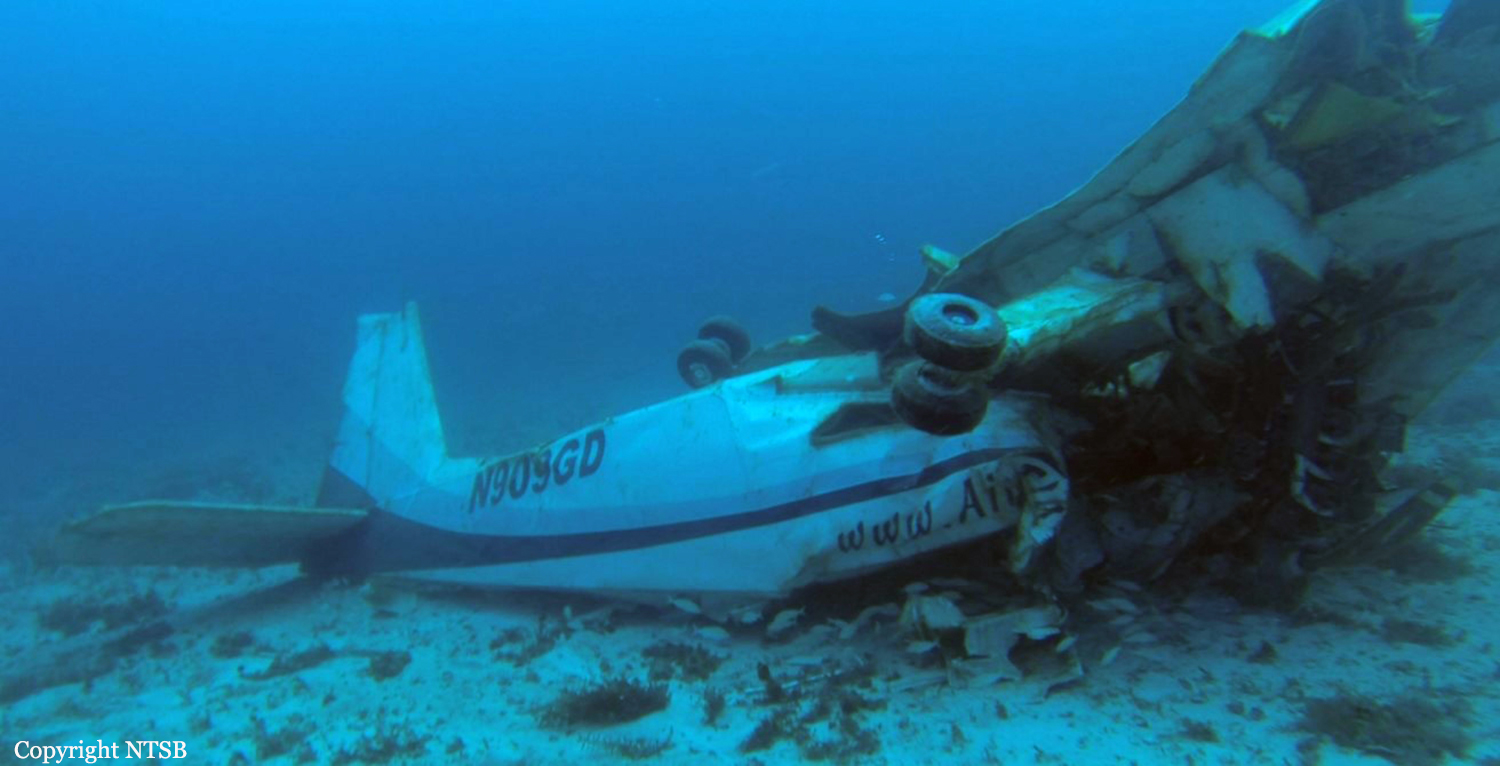
Crash of a Britten Norman BN-2B-27 Islander in Purisima del Maguey
Date & Time:
Aug 22, 2013 at 1530 LT
Registration:
XC-FEE
Survivors:
Yes
Schedule:
Chihuahua – Zacatecas
MSN:
2022
YOM:
1980
Crew on board:
1
Crew fatalities:
Pax on board:
4
Pax fatalities:
Other fatalities:
Total fatalities:
0
Aircraft flight hours:
4000
Circumstances:
The twin engine aircraft departed Chihuahua-General Fierro Villalobos Airport at 1352LT on a flight to Zacatecas, carrying four passengers and one pilot. It continued to the south at an altitude of 11,500 feet and a speed of 120 knots. The flight was uneventful until the pilot started the descent to Zacatecas-General Leobardo C. Ruiz. when the left engine lost power then failed shortly later. The pilot reduced his altitude and attempted an emergency landing when the aircraft crash landed in an open field located near Purisima del Maguey, some 25 km northwest of Zacatecas Airport. All five occupants evacuated safely and the aircraft was damaged beyond repair.
Probable cause:
Failure of the left engine due to fuel exhaustion.
The following contributing factors were identified:
- Failure to apply the standard procedures relating to the quantity of fuel required as set out in the applicable regulations which were not provided to the crew by the operator.
- Poor flight preparation.
- Non-adherence to VFR rules.
- Lack of familiarity in the equipment on the part of the pilot when not receiving adequate training from the operator.
The following contributing factors were identified:
- Failure to apply the standard procedures relating to the quantity of fuel required as set out in the applicable regulations which were not provided to the crew by the operator.
- Poor flight preparation.
- Non-adherence to VFR rules.
- Lack of familiarity in the equipment on the part of the pilot when not receiving adequate training from the operator.
Final Report:
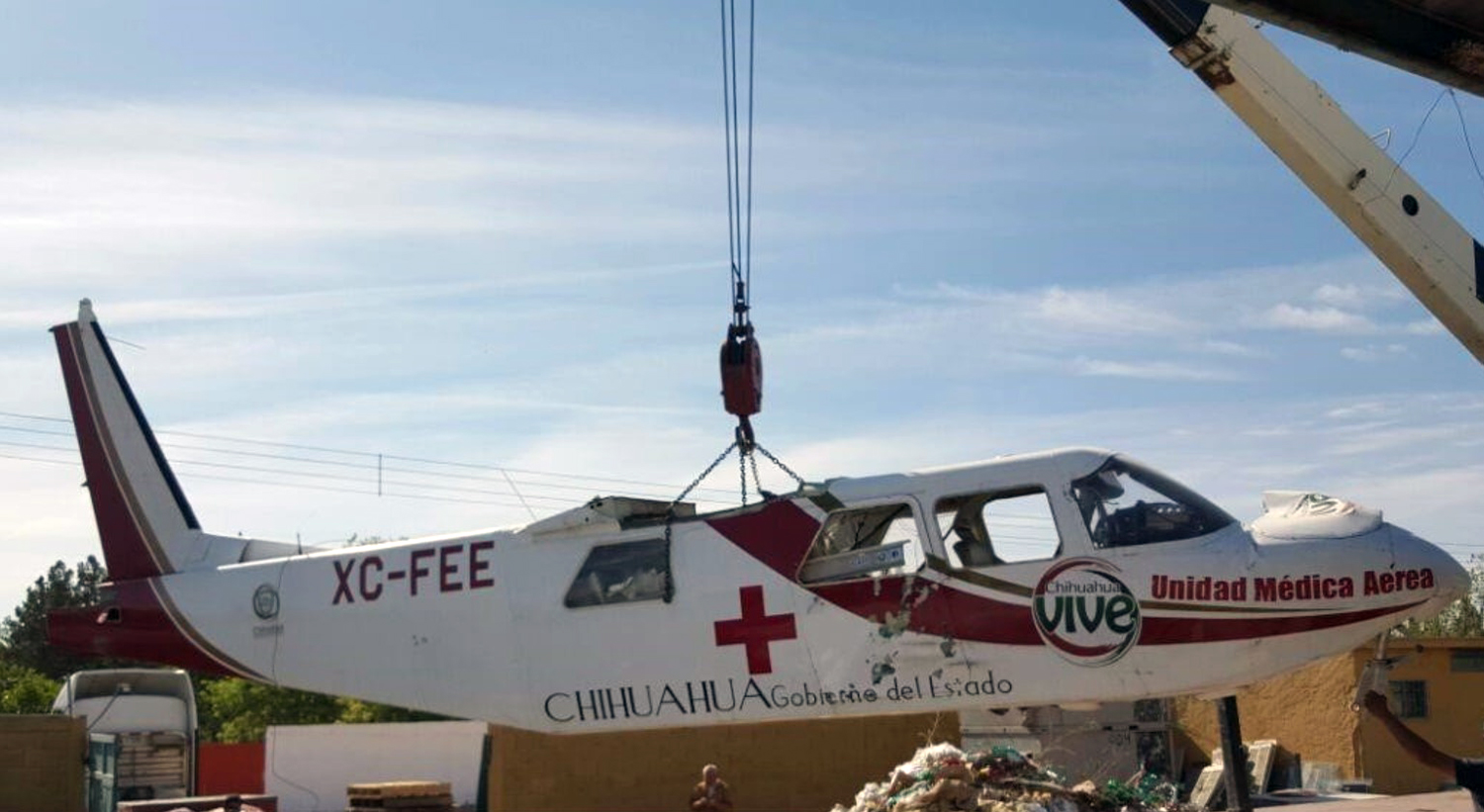
Crash of a Britten-Norman BN-2A-21 Islander on Perico Island
Date & Time:
Jul 19, 2013 at 1234 LT
Registration:
HP-1338MF
Survivors:
Yes
Schedule:
Isla del Rey - Panama City
MSN:
818
YOM:
1977
Crew on board:
1
Crew fatalities:
Pax on board:
7
Pax fatalities:
Other fatalities:
Total fatalities:
0
Circumstances:
Few minutes after he departed Isla del Rey Airport, while overflying the bay of Panama City, the pilot informed ATC about engine problems. Unable to reach Panama City-Marcos A. Gelabert Airport, the pilot reduced his altitude and elected to make an emergency landing on the Perico Island, some 10 km south of Panama City Airport. After touchdown, the aircraft rolled for few dozen metres before coming to rest against a container. All eight occupants escaped uninjured while the aircraft was damaged beyond repair.
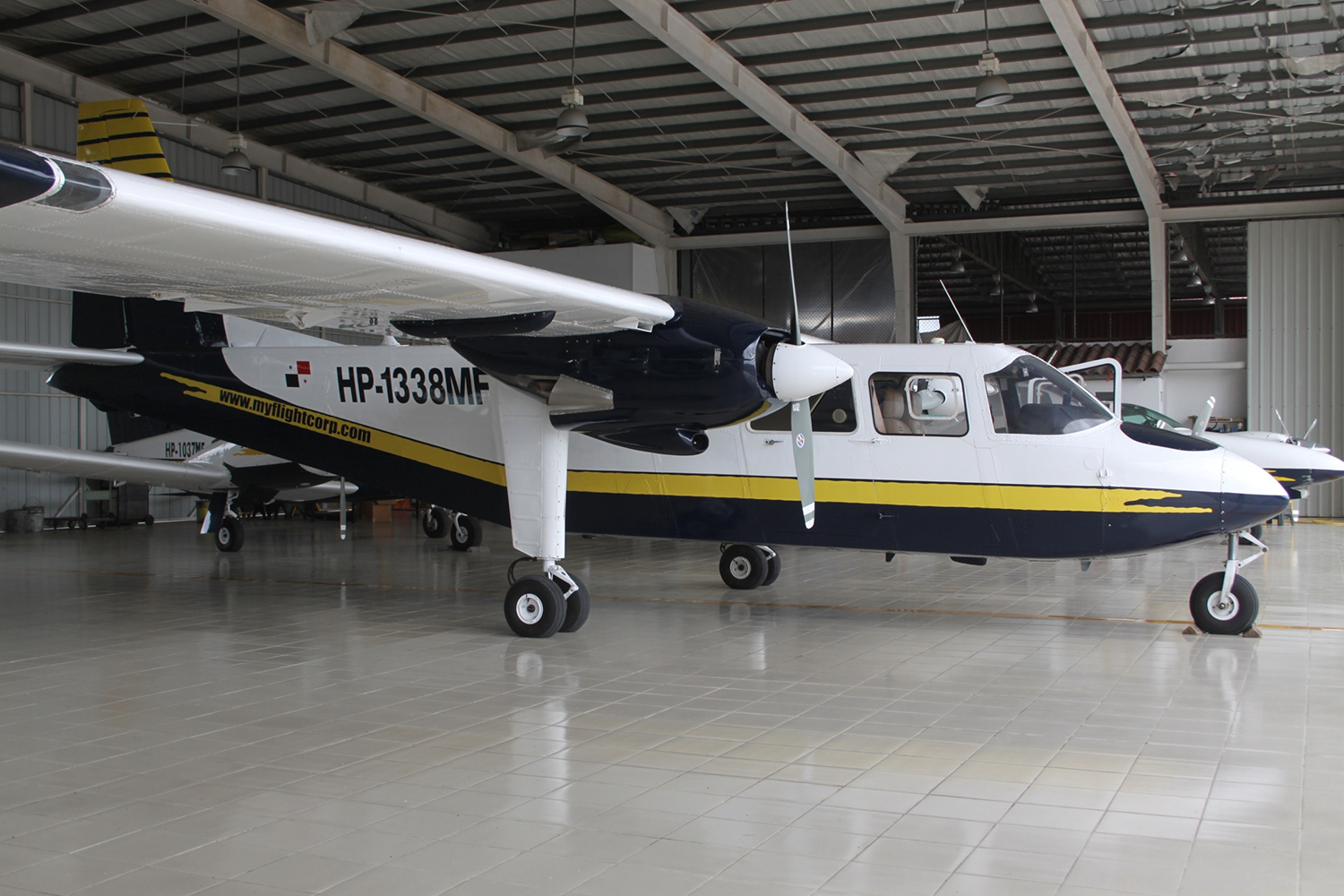
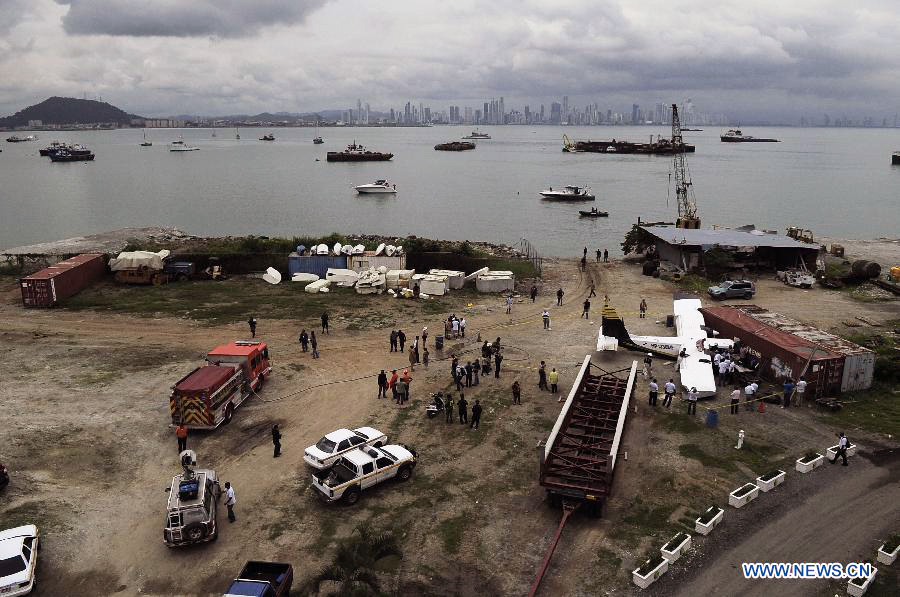
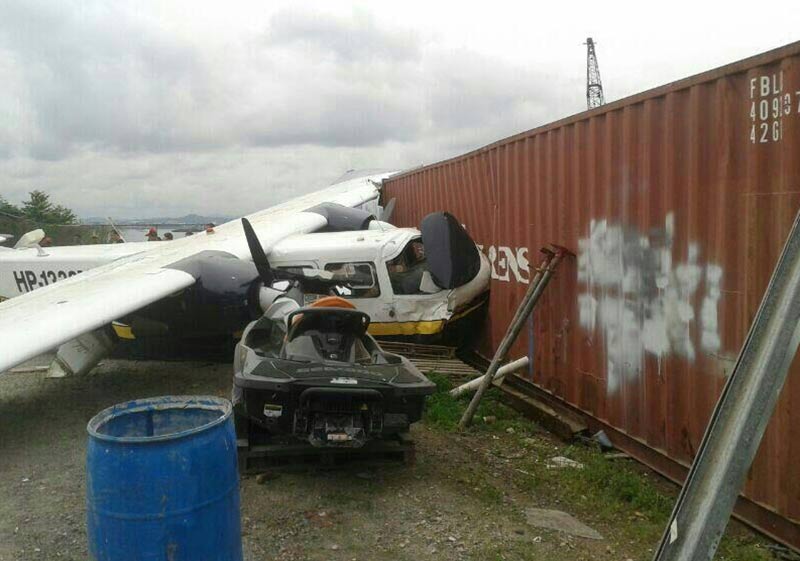
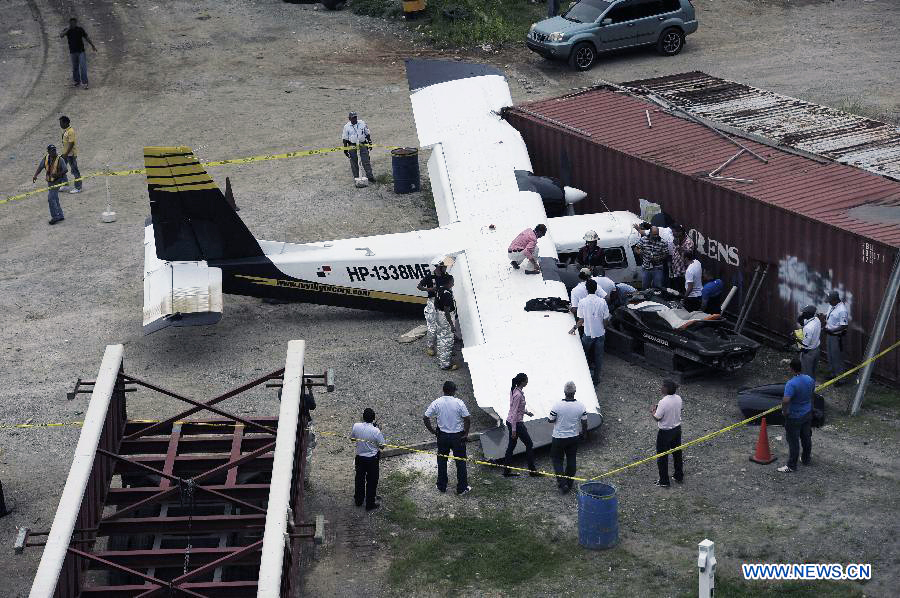
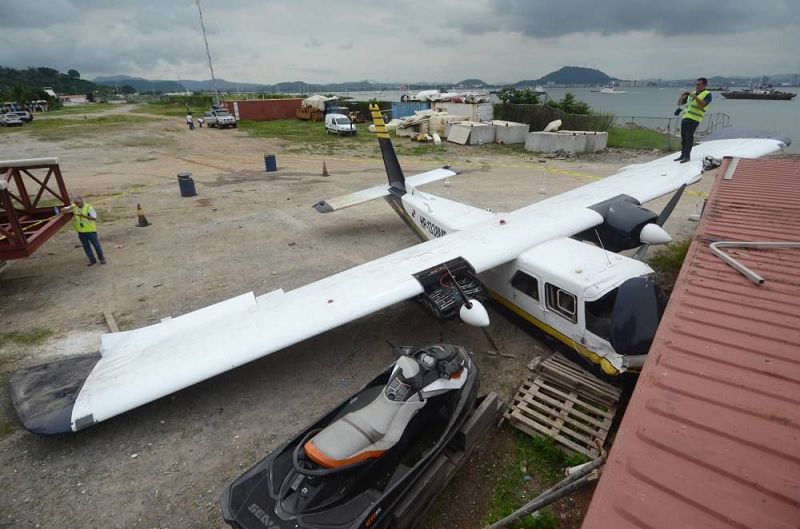
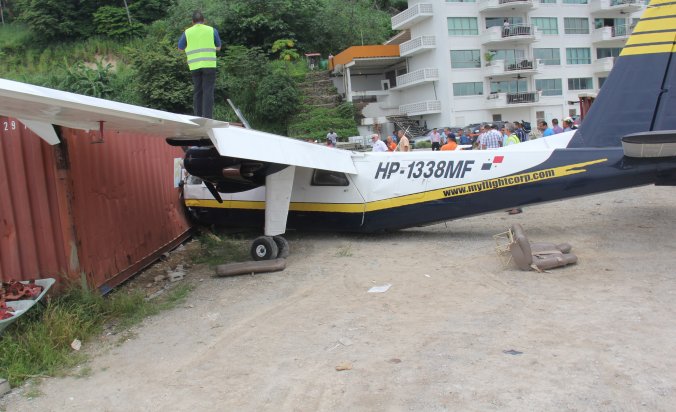
Crash of a Britten Norman BN-2B-26 Islander at Okiwi Station
Date & Time:
Jan 25, 2013 at 0827 LT
Registration:
ZK-DLA
Survivors:
Yes
Schedule:
Auckland – Okiwi Station
MSN:
2131
YOM:
1984
Crew on board:
1
Crew fatalities:
Pax on board:
8
Pax fatalities:
Other fatalities:
Total fatalities:
0
Captain / Total hours on type:
296.00
Circumstances:
On approach to runway 18 at Okiwi, New Zealand, the aircraft encountered windshear on short final as the pilot reduced power to land. The pilot was unable to arrest the descent rate and the aircraft landed heavily. Damage was caused to both landing gear oleos and one brake unit, with rippling found on the upper and lower skin of each wing. One passenger sustained a back injury, which was later identified as a fractured vertebra. The pilot was aware of fluctuating wind conditions at Okiwi and had increased the approach speed to 70 knots as per company standard operating procedures. The pilot reported that despite this, the airspeed reduced rapidly and significantly at 10 to 15 feet agl, leaving little time to react to the situation.
Probable cause:
Loss of height and hard landing due to windshear on short final.
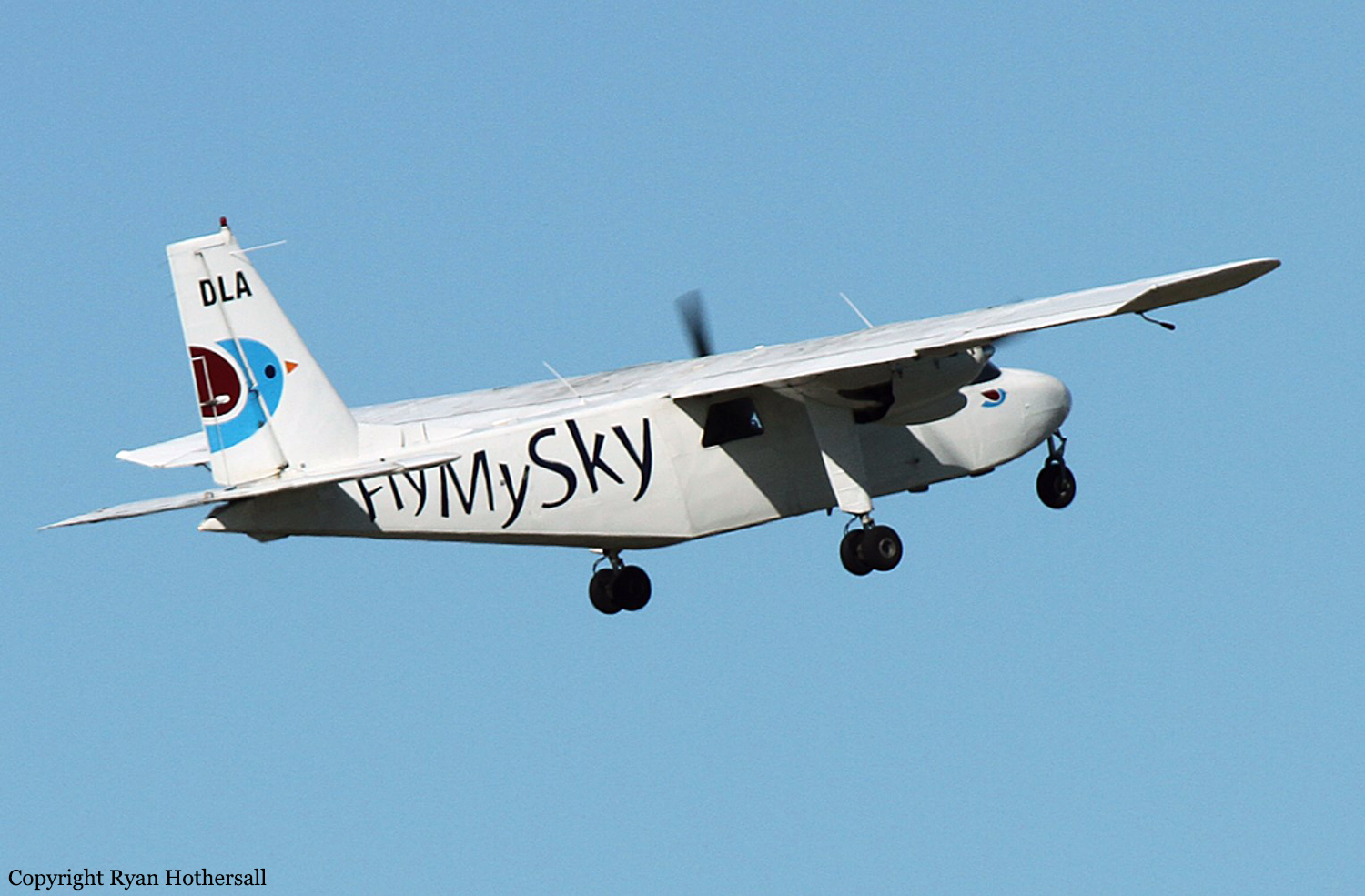
Crash of a Britten-Norman BN-2A-27 off Los Roques: 6 killed
Date & Time:
Jan 4, 2013 at 1145 LT
Registration:
YV2615
Survivors:
No
Schedule:
Los Roques - Caracas
MSN:
20
YOM:
1968
Crew on board:
2
Crew fatalities:
Pax on board:
4
Pax fatalities:
Other fatalities:
Total fatalities:
6
Circumstances:
The twin engine aircraft departed Los Roques Island Airport Runway 07 at 1132LT on a charter flight to Caracas, carrying four passengers and two pilots. During initial climb, the crew was cleared to climb to 6,500 feet. Seven minutes later, the crew informed ATC he was climbing to 5,000 feet and reported his position some 10 NM from Gran Roque VOR. While cruising at 5,400 feet at a speed of 120 knots, the aircraft entered an uncontrolled descent and crashed in the sea. SAR operations did not find any trace of the aircraft nor the six occupants and all operations were abandoned after one week. The Italian couturier Vittorio Missoni was among the passenger. In June 2013, some debris were localized at a depth of 75 meters and five bodies were found on 17OCT2013. Eventually, the wreckage was recovered on 25NOV2013.
